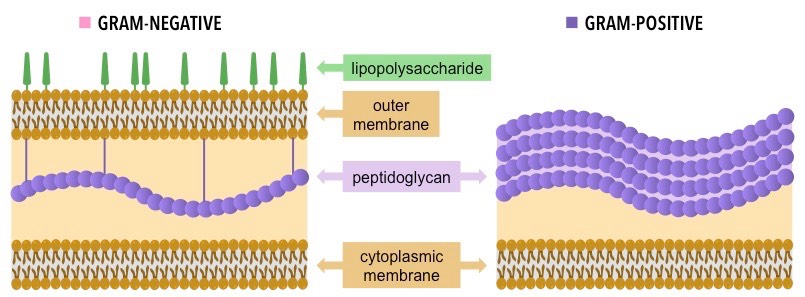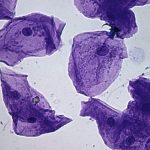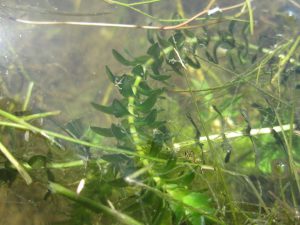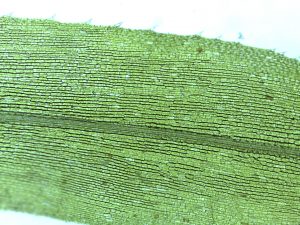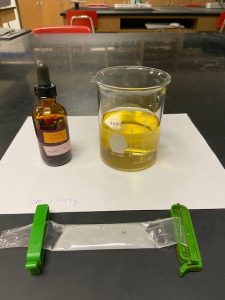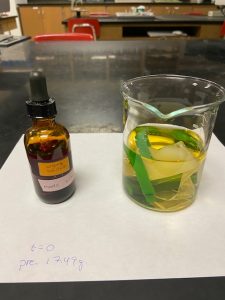Microscopes and Cells
Scroll below for In Person lab information.
Read along in your lab handout with the information in this webpage. Fill in and answer all questions accordingly in your lab handout. Your lab handout will be collected and graded later.
Microscopes and Cells Lab Handout – Includes areas for your labeled drawings and answering questions. Please bring a paper copy of the Lab Handout to lab OR bring your laptop/tablet and paper and pen/pencils to make your drawings in lab. They will later need to be inserted as jpg or pdf images in your Lab Handout.
COVID_19 Safety Precautions for Compound Microscope Use – directions and supplies will be provided at each student table for use in the Laboratory.
The Compound Light Microscope
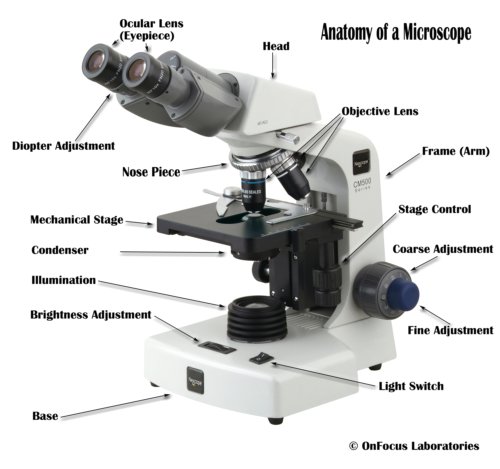
Helpful Links
Microscope Key Points, Diagrams, and Quizzes(opens in new window)
How to use the microscope video(opens in new window)
The (opens in new window)Virtual Microscope(opens in new window) developed by the NC Community Colleges BioNetwork
Appendix A(opens in new window) of your Lab Manual – Use and Care of Microscopes
Exploring Magnification: Power of Ten video(opens in new window)
Reminders
- Always start by using the 4X objective lens. Find the specimen and focus using the coarse focus, then the fine focus knob. Only use the coarse focus know with the 4X objective lens. Then progress to the 10X objective lens, then 40X lens and oil/100X lenses. Be sure to focus at EACH new objective lens (10X, 40X, 100x) using ONLY the fine focus knob. Do not skip using a lens. Always progress one lens at a time.
- Label all drawings with organisms name and indication of size: total magnification, field of view, size bar, or lens used in relation to the field of view. Total magnification = object lens x ocular lens.
- Other information: date, time, place and any relevant notes.
- Record all observations; don’t rely on memory.
- Make sure to record what you SEE, not what you THINK you should see.
- Detail is key, pay attention to even the smallest things.
Activity 1: Procedure 1A Practice Use of the Compound Microscope Using a Prepared Slide
Follow the directions in the lab handout/write up
- Review the names and use of all the major parts of the microscope and use of lens paper needed for microscopy. This light microscope has a 10X ocular lens and 4 different objective lenses (4X, 10X, 40X and 100x/oil lens), though we will not use the 100X oil lenses in our labs.
- Select ONE of the prepared slides found at your table. Use the course focus to find the specimen with the 4X lens. First use the Course Focus, then the Fine Focus adjustors to see the best image of the specimen. You may need to adjust the level of light intensity and/or iris diaphragm to most clearly see the specimen. Continue to increase magnification until you can best see the cells.
- Draw a few of the cells in the indicated circles in your lab manual. Keep in mind to draw the cell size in relation to the field of view. Indicate the name of the slide, total magnification you thought was most appropriate, and any structures you can discern. You can search the internet to help with labeling 2 structures within the image you choose to draw,
- Answer the questions found in the lab handout/Lab Unit write up.
- Class Discussion – Below are images of bacteria, animal, plant and fungal cells. What visual cues can you see to help you determine if they are bacterial, animal, plant or fungal cells? Think back to BIO 181 labs or characteristics of cells belonging in different Kingdoms. What information is useful? What else would you need to know when looking under a light microscope?
1. 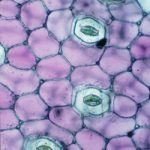 | 2. 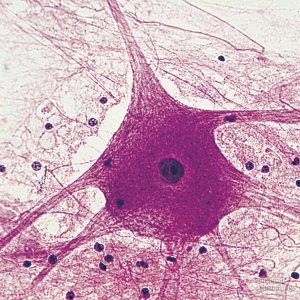 | 3. 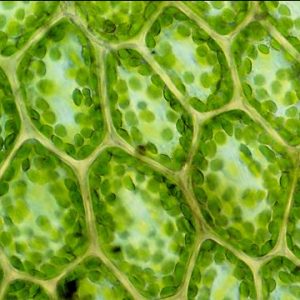 |
4. 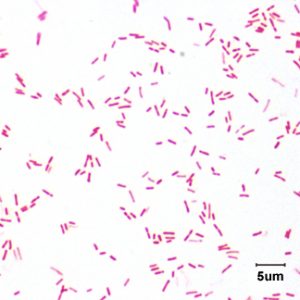 | 5. 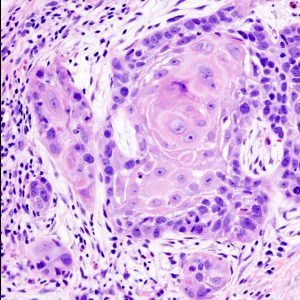 | 6. 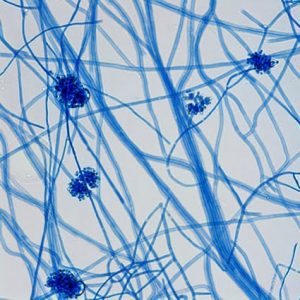 |
Activity 1: Procedure 1B Simple Staining with Animal and Plant Cells (Eukaryotic Cells)
Simple staining is the addition of ONE type to stain that can allow you to better see cells and/or structures under the light microscope.
In lab you will make your own slides of cheek and onions cell slides. On their own, these cells are relatively clear so we will use Toluidine Blue stain to better visualize the them. You will need to view the cells at low, medium, and high power (4X, 10X, and 40X objective lenses) to determine the most appropriate magnification for each of these cells.
- Students will work in pairs, with one student making the cheek cell slide and the other making the onion cell slide. The other pair of students at the table should ALSO be making these same slide so that everyone builds their microscope and observational skills.
To sample of your cheek cells, if you are uncomfortable taking off your mask or sampling your cells in the lab room, you can go OUTSIDE on the breezeway with a toothpick to collect your own cheek cells.
How would you describe the animal cells? The plant cells? Size, shape organization? What structures and organelles can you see that help you identify the type/kingdom of these cells? What cellular organelles can’t you see? Why can’t you see them? What is the best size to view these animal and plant cells?
Activity 2: Procedure 2A Osmosis in Plant Cells (Elodea)
- Decide which magnification is most appropriate and draw both in the appropriate location in your lab handout.
- Be sure to label the structures that you can see in each these specimen. At a minimum, you should be able to label 2 structures found in these cells.
- Based in these slides, how are these cells similar? How are they different?
Elodea is an aquatic plant that provides habitat and oxygen for many organisms in freshwater lakes, ponds and low flow areas in streams. It is commonly used in freshwater fishtanks and biology labs!
- Each pair of students will need to obtain 1 whole leaf of Elodea off the main stems from the side counter culture (a). Then make a wet mount slide taking care not to introduce air bubbles under your coverslip. Above in “b” you can see a whole leaf mounted using freshwater at 40X total magnification. What structures can you see here? …. not much! Higher magnification is needed to clearly see whole cells.
- Draw the Elodea cells at the appropriate magnification in the leftmost circle in your lab handout. Label all the structures you can see.
- Your TA will assign each pair of students either the 5% and 10% Saline (NaCl) treatment to flush the leaves with different concentrations of saline.
- Draw your saline flushed cells. Label all the structures you can see. Make note of any changes that you see.
- Then flush the cells with freshwater (dH20) and draw the cells. Once again label all the structure you can see and make note of any changes that you see.
- Answer the questions 7-9 in your lab handout.
Activity 2: Procedure 2B Osmosis in Blood Cells
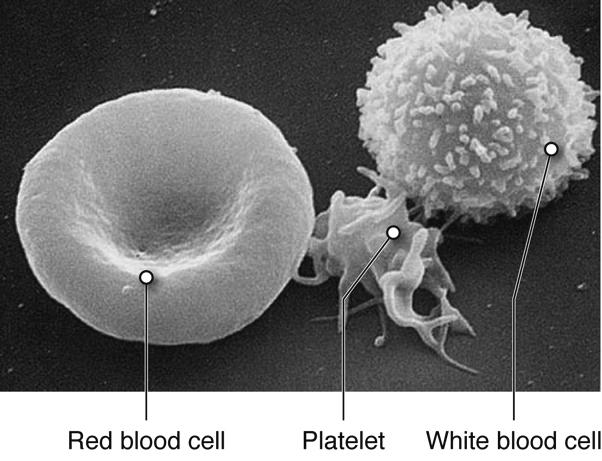
- Working in pairs and as a table, follow the directions in your Lab Handout.
- One pair of students will make 2 blood cells slides. One slide using dH2O and the other slide 0.87% Saline.
- The other pair of students will make 2 blood cell slides. One slide using 0.87% Saline and the other slide 5% Saline.
- Each student will make 1 slide to view under their own compound microscope, then also look at their partner’s slide, then at the slide of one of the other student pairs at their table to observe blood cells under 3 different environmental conditions: dH2O, 0.87% saline and 5% saline.
- Draw, label and explain what you see under all 3 conditions using the appropriate osmotic terminology: isotonic, hypotonic and hypertonic.
- It may be hard to see the red blood cells once they have been in the dH2O for a while. Viewing the Osmosis in Red Blood Cells video below may be helpful – especially starting 2:51.
- Also be sure to answer any other written questions.
Videos of Osmosis in a different plant cell and blood cells:
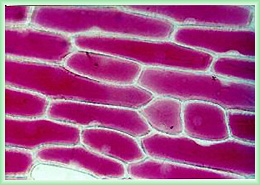
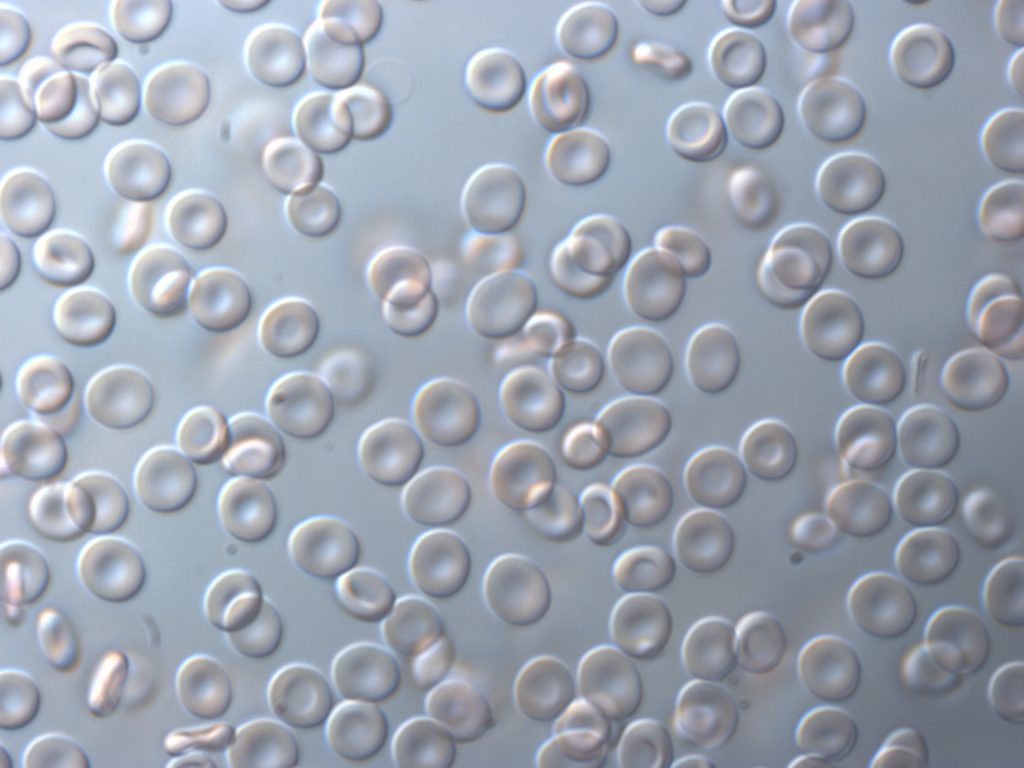
Activity 2: Procedure 2C Cell Membranes: Osmosis and Differential Permeability
Use the Osmosis Data Table in your Lab Handout to record class data and insert in your lab handout. Be sure to read the Introduction in your lab handout. The 2 pictures below (a and b) show the set up following steps 1-6. Write a hypothesis, your predictions and explain why at step 7 in your lab handout.
Record the initial colors of the tube contents and solution in the beaker at your OWN table in step #8.
Once your experiment is complete, record the time and compare the color of the starch solution inside the dialysis tube and also the color of the solution in the beaker before and after the experiment. Record your observations in where prompted in your lab handout #9-14.
Record the data for the whole class in Table 2 of your Lab Handout and answer the rest of the questions in steps #10-18 in your lab handout.
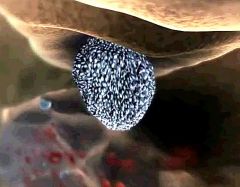
Activity 3: Animated Film – The Inner Life of the Cell
Video: Cellular Visions: Inner Life of the Cell video (3:12)- Read the summary below before you watch the video. Click on the link and scroll down and click the play video arrow.
Video Background: This video starts with a view of the inside of a blood vessel. You will see the red blood cells rushing past and the much larger white blood cells rolling along the wall of the blood vessel. The white blood cell receives an extracellular signal and the majority of the video shows what happens inside the white blood cell as it responds to that signal. The final scene shows the white blood cell reshaping (due to the conformational changes of the cytoskeleton) and slipping through the endothelial cells of the blood vessel wall to the site of inflammation.
As you watch the video, how many structures/organelles can you see? Can you find -protein filaments, lipid rafts, plasmamembrane, actin filaments, microtubules, motor proteins, transport vesicles, mitochondria, centrosomes, nucleus, nuclear pore, mRNA, ribosomes making proteins, ER, golgi apparatus, vesicles transported back to the plasmamembrane surface.
Article: NCSU Researcher “Stopping Cancer in its Track” – Examines the role to which the cytoskeleton/actin is involved in movement of cancer cells.
Modifications for Cells and Microscope Lab with Bacterial Projects: (not done Summer 2023)
Bacterial (Prokayotic Cells) Gram Staining Protocol Handout (not in your lab manual) – incorporate into lab handouts and define new activities for student pairs.
For this modification, the Make Up Module does not include information on bacterial cells walls and gram staining…..
Gram Staining:
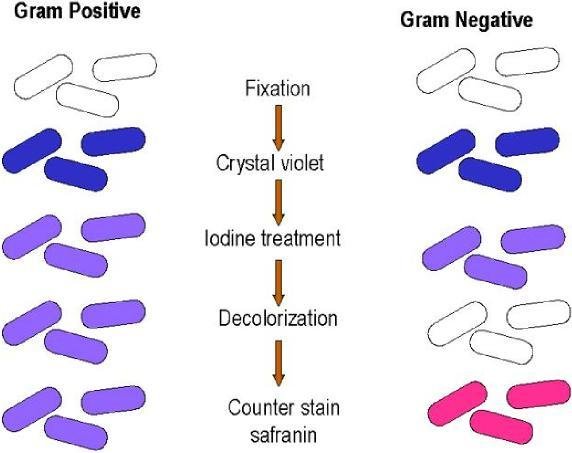
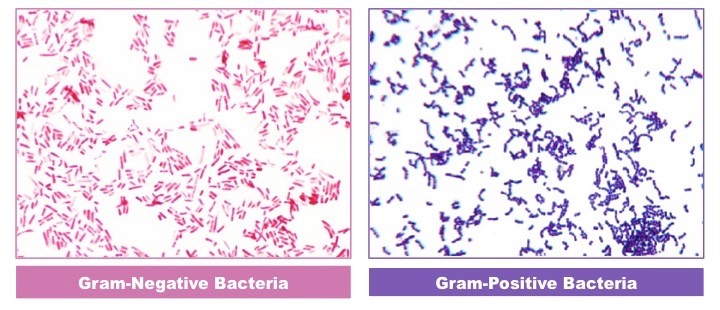
Bacterial outer cell wall structure:
